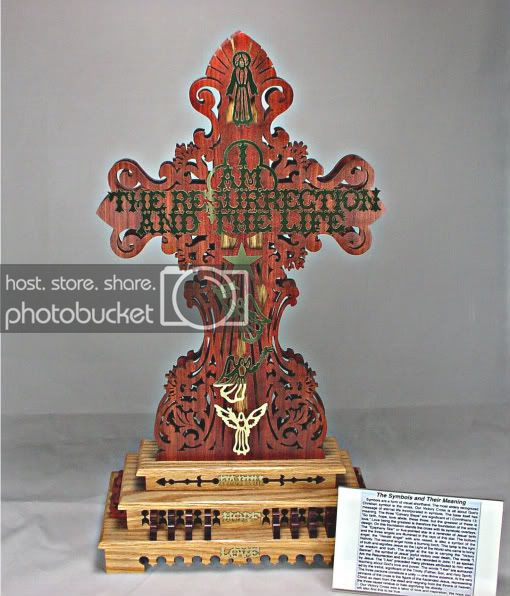dankc908
Member
I have seen numerous posts concerning finishing a pen with Minwax Clear Gloss Poly. I am thinking that this might solve 2 potential problems for me. The first is that I have some redheart I bought on sale at Rockler. I think this poly will solve the problem of redheart fading due to UV exposure. Second problem is that it is too cold in my shop to use the BLO/CA finish I've been using. Will the poly work in this regard?
I am, also, wondering how people apply this - lathe off? lathe on? How long does one wait to apply the next coat? Should I have bought the "Wipe On" poly or did I buy the correct one ("Fast-Drying Polyurethane")?
Sorry for so many questions, however, I have a number of wood blanks ready for turning and I'd like to try this finish if it will work. I would appreciate any and all ideas re: this.
Many Thanks!
Dan :embarrassed:
I am, also, wondering how people apply this - lathe off? lathe on? How long does one wait to apply the next coat? Should I have bought the "Wipe On" poly or did I buy the correct one ("Fast-Drying Polyurethane")?
Sorry for so many questions, however, I have a number of wood blanks ready for turning and I'd like to try this finish if it will work. I would appreciate any and all ideas re: this.
Many Thanks!
Dan :embarrassed:

